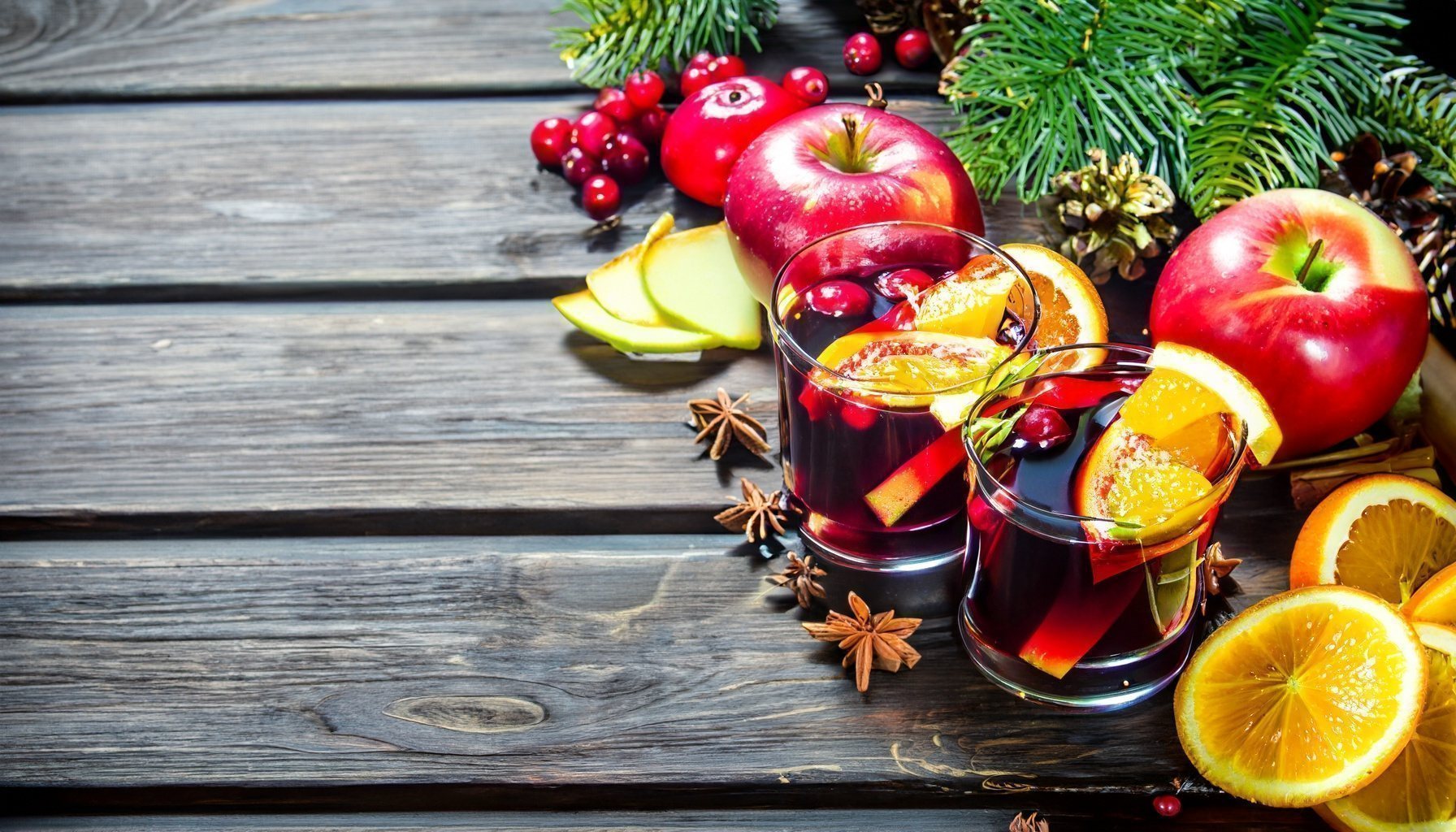
Wassail has a rich history that dates back to ancient times and is associated with a variety of traditions and customs.
1. Origins:
- Anglo-Saxon Tradition: The term “wassail” derives from the Anglo-Saxon phrase “waes hael,” which means “be well” or “be hale.” The tradition involved a toast to good health.
- Pre-Christian Era: Elements of wassailing are believed to have existed in pre-Christian times, associated with the celebration of the winter solstice, cider-making traditions, and agricultural fertility rites.
2. Medieval Period:
- Wassailing the Orchard: In medieval England, wassailing included visiting orchards to sing and drink to the trees’ health, ensuring a good harvest in the upcoming season.
- Wassail Bowl: People would often share a wassail bowl—a large vessel containing a warm, spiced ale-based drink. Each person would take a sip and pass it along, often accompanied by toasts and songs.
3. Twelfth Night:
- January Celebrations: Wassailing was often associated with Twelfth Night (January 5) and the broader Christmas and New Year festivities.
- Social Inversion: There was also a practice of social inversion, where the poor would visit the homes of the wealthy, offering songs and blessings in exchange for food and drink.
4. Decline and Revival:
- Decline: Wassailing saw a decline during the modern period, partly due to changes in agricultural practices and social structures.
- Revival: In the late 20th and early 21st centuries, there was a revival of wassailing, particularly in the United Kingdom. It has become a local tradition in many villages and towns, celebrating heritage and community.
5. Modern Wassailing:
- Rituals: Modern wassail rituals often involve singing, dancing, and the adornment of trees. Participants might place cider-soaked toast in the branches, bang pots and pans, and fire shotguns to ward off evil spirits.
- Beverage: The wassail drink varies but typically includes a mix of hot ale or cider, sugar, spices, and sometimes eggs, resembling a kind of lambswool.
Wassailing is a reflection of ancient customs that centered around community, celebration, and the anticipation of a fruitful harvest. The rituals and practices are diverse, drawing from pagan, Christian, and folk traditions alike. It’s a piece of cultural heritage that continues to evolve, offering a glimpse into the beliefs and practices of societies throughout history.
-
Product on sale
 Wassail Wax Melts by Candlecopia®, 2 PackOriginal price was: $11.95.$10.75Current price is: $10.75.
Wassail Wax Melts by Candlecopia®, 2 PackOriginal price was: $11.95.$10.75Current price is: $10.75.
